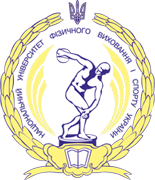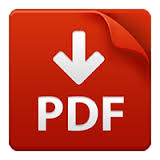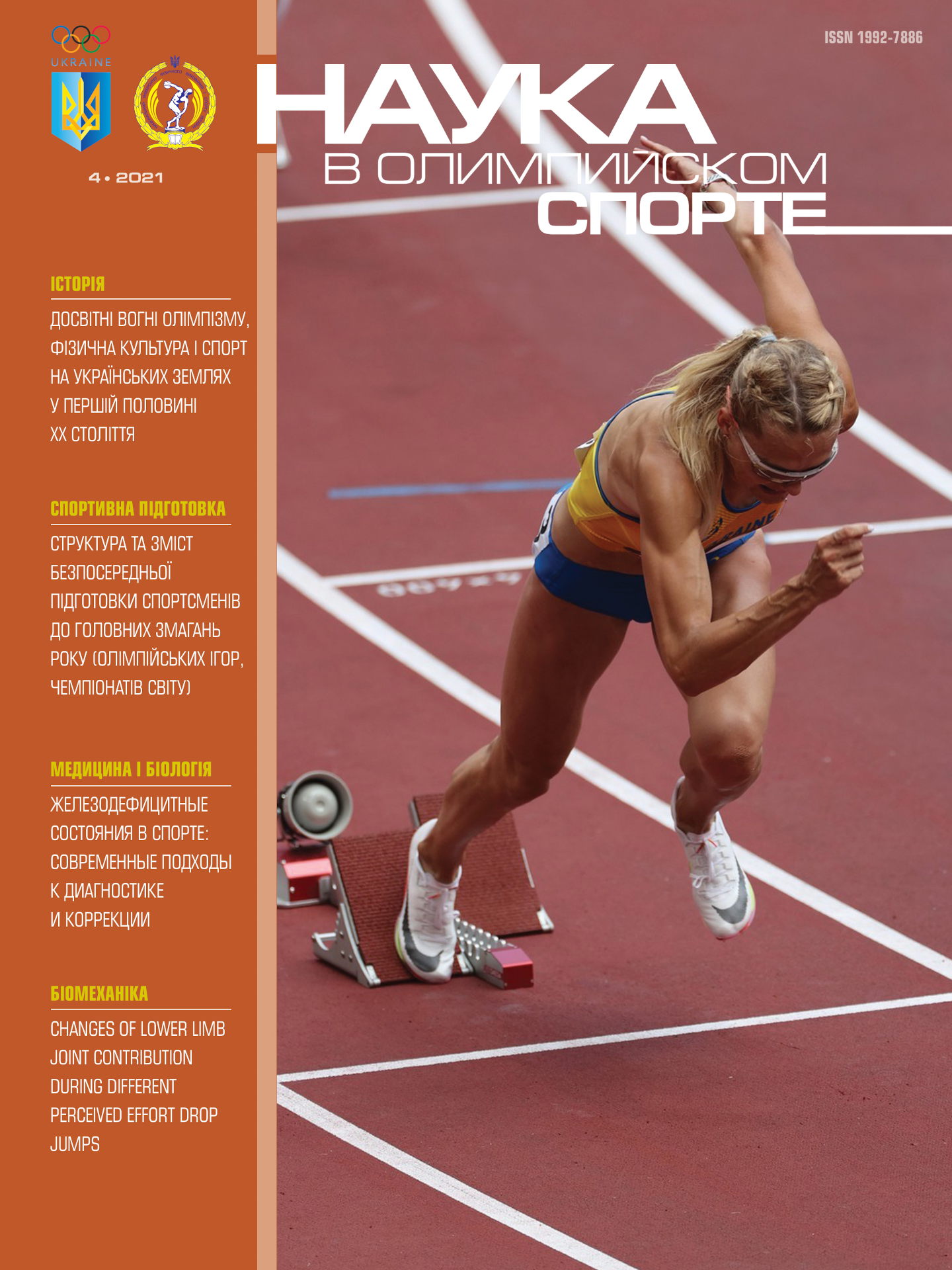doi: 10.32652/olympic2020.4_5
Мета. Сформувати сучасні уявлення про проблему акумуляції у спортсменів негативних наслідків втоми, які за несприятливого збігу обставин і відсутності своєчасної корекції можуть поступово трансформуватися в синдром перетренованості. Методи. Аналіз і синтез даних сучасної науково-методичної літератури. Результати. Наведено дані про формування перевтоми в послідовно виникаючих формах функціональної та нефункціональної; про використання метаболічних предикторів для діагностики перетренованості, в тому числі, у юних спортсменів. Показано нові результати стосовно того, що, на відміну від інших проявів відносного дефіциту енергії, порушення стану кісткової тканини часто розвивається непомітно для спортсмена і, найімовірніше, є незворотним. Показано, що синдром перетренованості (Overtraining Syndrome) розглядається в даний час як найбільш важкий наслідок втоми, що розвивається в результаті акумуляції його ефектів на тлі недостатнього відновлення і відносного дефіциту енергії (Low Energy Availability). Висновки. Використання комплексу метаболічних предикторів для своєчасної діагностики перевтоми і перетренованості допомагає зберегти здоров’я спортсменів і запобігає їх відстороненню від тренувального процесу, забезпечує досягнення конкурентоспроможних результатів змагальної діяльності та спортивне довголіття.
Література
1. Beals KA, Meyer NL. Female athlete triad update. Clin Sports Med 2007;26(1): 69.89. DOI: 10.1016/j.csm.2006.11.002.
2. Brooke NM, Moreau D, Hambrick DZ. The Relationship Between Deliberate Practice and Performance in Sports: A Meta-Analysis. Perspect Psychol Sci. 2016;11(3): 333.350. doi: 10.1177/1745691616635591.
3. Budgett R, Newsholme E, Lehmann M, Sharp C, Jones D, et al. Redefining the overtraining syndrome as the unexplained under performance syndrome. Br J Sports Med. 2000;34: 67.68. doi: 10.1136/bjsm.34.1.67.
4. Cassidy M, Foley D, Ostrom M, Schulz J, Trane K, et al. Validation of an Age-Appropriate Screening Tool for Female Athlete Triad and Relative Energy Deficiency in Sport in Young Athletes. Cureus. 2020;12(6): e8579. doi: 10.7759/cureus.8579.
5. Chow DL, Miller SD, Seidel JA, Kane RT, Thornton JA, Andrews WP. The role of deliberate practice in the development of highly effective psychotherapists. Psychotherapy (Chic). 2015;52(3): 337.345. doi: 10.1037/pst0000015.
6. Councilman R. No simple answers. Swimming Technique 1990;27: 22–9.
7. Gunina L, Dmitriev A, Yushkovskaya O. Pharmacological and nutritional support for the function of the musculoskeletal system of qualified athletes. Nauka v olimpijskom sporte. 2018;(3): 73-4. doi:10.32652/olympic2018.3_6.
8. Holtzman B, Ackerman KE. Measurement, determinants, and implications of Energy Intake in Athletes. Nutrients. 2019;11(3): 665. doi: 10.3390/nu11030665
9. Kellman M. Underrecovery and overtraining: different concepts . similar impact? Enhancing Recovery . Preventing Underperformance in Athletes; by ed. Kellman M. Champaign, Human Kinetics, 2002; pp 3.24.
10. Kentta G, Hassmen P, Raglin JS: Training practices and overtraining syndrome in Swedish age-group athletes. Int J Sports Med 2001;22: 460.465.
11. Koehler K, Hoerner NR, Gibbs JC, Zinner C, Braun H, et al. Low energy availability in exercising menis associated with reduced leptin and insulin but not with changes in other metabolic hormones. J Sports Sci. 2016;34: 1921–1929. doi: 10.1080/02640414.2016.1142109.
12. Kroshus E, DeFreese JD, Kerr ZY. collegiate athletic trainers’ knowledge of the female athlete triad and relative energy deficiency in sport. J Athl Train. 2018;53(1): 51–59. doi: 10.4085/1062-6050-52.11.29.
13. Leanne MR. Physical activity and its effect sonre production. Reproductive Bio Medicine Online. 2006;12(Iss 5): 579.586. https://doi.org/10.1016/S1472-6483(10)61183-2.
14. Lebois LA, Hertzog C, Slavich GM, Barrett LF, Barsalou LW. Establishing the situated features associated with perceived stress. Acta Psychol (Amst). 2016;169: 119–132. doi: 10.1016/j.actpsy.2016.05.012.
15. Lewis NA, Collins D, Pedlar CR, Rogers JP. Can clinicians and scientists explain and prevent unexplained underperformance syndrome in elite athletes: an interdisciplinary perspective and 2016 update. BMJ Open Sport Exerc Med. 2015;1(1): e000063. doi: 10.1136/bmjsem-2015-000063.
16. Logue DM, Madigan SM, Melin A, Delahunt E, Heinen M, et al. Low Energy Availability in athletes 2020: an updated narrative review of prevalence, risk, within-day energy balance, knowledge, and impact on sports performance. Nutrients. 2020;12(3): 835. doi: 10.3390/nu12030835.
18. Loucks A, Kiens B, Wright HH. Energy availability in athletes. J Sports Sciences. 2011; Suppl 1(1): S7.15. doi: 10.1080/02640414.2011.588958.
19. Loucks A. physical health of the female athlete: observations, effects, and causes of reproductive disorders. Canadian journal of applied physiology. 2001;26(Suppl 1): S176.185. doi: 10.1139/h2001-052.
20. Loucks AB, Thuma JR. Luteinizing hormone pulsatility is disrupted at a threshold of energy availability inregularly menstruating women. J Clin Endocrinol Metab. 2003;88: 297–311. doi: 10.1210/jc.2002-020369.
21. Meeusen R, Duclos M, Foster C, Fry A, Gleeson M, et al. Prevention, diagnosis, and treatment of the overtraining syndrome: joint consensus statement of the European College of Sport Science and the American College of Sports Medicine. Med Sci Sports Exerc. 2013;45(1): 186.205. doi: 10.1249/MSS.0b013e318279a10a.
22. Meeusen R, Duclos M, Gleeson M, Rietjens G, Steinacker JM, Urhausen A. Prevention, diagnosis and treatment of the Overtraining Syndrome. Eur J Sport Sci 2006;6: 1.14.
23. Melin A, Tornberg AB, Skouby S, Moller SS, Sundgot-Borgen J, et al. Energy availability and the female athlete triad in eliteen durance athletes: energy availability in female athletes. Scand J Med Sci Sports. 2015;25: 610-22. doi: 10.1111/sms.12261.
24. Melin AK, Heikura IA, Tenforde A, Mountjoy M. Energy availability in athletics: health, performance, and physique. Int J Sport Nutr Exerc Metab. 2019;29: 152-64. doi: 10.1123/ijsnem.2018-0201.
25. Meyer N, Reguant-Closa A. «Eat as If You Could Save the Planet and Win!». Sustainability integration into nutrition for exercise and sport. Nutrients. 2017;9(4): 412. doi: 10.3390/nu9040412.
26. Mountjoy M, Sundgot-Borgen J, Burke L, Carter S, Constantini N, et al. The IOC consensus statement: beyond the Female Athlete Triad . Relative Energy Deficiency in Sport (RED-S). Br J Sports Med. 2014;48(7): 491-7. doi: 10.1136/bjsports-2014-093502.
27. Nattiv A, Agostini R, Drinkwater B, Yeager KK. The female athlete triad. The interrelated ness of disordered eating, amenorrhea, and osteoporosis. Clin Sports Med 1994;13(2): 405-18.
28. Otis CL, Drinkwater B, Johnson M, Loucks A, Wilmore J. American College of Sports Medicine position stand. The Female Athlete Triad. Med Sci Sports Exerc. 1997;29 (5): i-ix. doi: 10.1097/00005768-199705000-00037.
29. Otis CL. Exercise-associated amenorrhea. Clin Sports Med 1992;11(2): 351-62.
30. Raanes EFW, Hrozanova M, Moen F. Identifying unique contributions of the coach–athlete working alliance, psychological resilience and perceived stress on athlete burnout among norwegian junior athletes. Sports (Basel). 2019;7(9): 212. doi: 10.3390/sports7090212.
31. Raedeke TD, Smith AL. Coping resources and athlete burnout: a examination of stress mediated and moderation hypotheses. J Sport Exerc Psychol 2004;26: 5255-41.
32. Raglin J, Sawamura S, Alexiou S, Hassmen P, Kentta G. Training practices and staleness in 13- to 18-year-old swimmers: a cross-cultural study. Pediatr Exerc Sci 2000;12: 61-70.
33. Raglin J, Wilson G. Overtraining in athletes; Emotions in Sport; by Hanin Y. (ed). Champaign, Human Kinetics, 2000; pp. 191.207.
34. Richardson SO, Andersen MB, Morris T. Overtraining athletes: personal journeys in Sport. Champaign, Human Kinetics, 2008. 224 s.
35. Rybina IL, Gunina LM. Modern laboratory markers of control and management of the training process of athletes: science and practice. Moskva, Sport, 2020. 455 s.
36. Uusitalo A. A Comment on prevention, diagnosis and treatment of the overtraining syndrome. Eur J Sport Sci. 2006;6: 261-62.
37. Wells KR, Jeacocke NA, Appaneal R, Smith HD, Vlahovich N, et al. The Australian Institute of Sport (AIS) and National Eating Disorders Collaboration (NEDC) position statement on disordered eating in high performance sport. Br J Sports Med. 2020;54(21): 1247-58. doi: 10.1136/bjsports-2019-101813.
38. Zanker CL. Regulation of reproductive function in athletic women: an investigation of the roles of energy availability and body composition. Br J Sports Med. 2006;40(6): 489-90. doi: 10.1136/bjsm.2004.016758
Надійшла: 18.12.2020













